Prunus cerasifera 'PISSARDII' myrobalan, purple-leaved cherry plum
Prunus
Myrobalan or purple-leaved cherry plum is one of the most popular deciduous trees, cherished for its colour, minimal maintenance requirements, and adaptability to various soil and temperature conditions. It originates from Southeastern Europe and Western Asia, from where it rapidly spread to all temperate climate regions. In Australia, it thrives so well that it is beginning to show mildly invasive tendencies. Fortunately, this is not a concern in Central Europe.
Purple-leaved cherry plum was introduced to Europe by M. Pissard in 1880, the gardener at the court of Persian Shah Naser al-Din Shah (who reigned from 1848 to 1896). He sent the first plant from the palace in Tabriz to France for trials. It immediately gained admiration and quickly became a favourite, which was soon confirmed by the prestigious AGM (Award of Garden Merit) granted by the Royal Horticultural Society (RHS) in 1928.
Pissardii was the very first variety of purple-leaved cherry plum to reach Europe from the Orient, naturally named after its discoverer. Early in spring, before blackthorns and Japanese cherries begin to bloom, it bursts into a profusion of small, nearly white flowers with purplish calyxes, which from a distance can appear as light pink blossoms. In summer, pollinated flowers develop into small drupes with a deep purple skin. These are edible and, in some countries (England, France), are pitted and used as dessert garnishes—although I personally find other plum varieties more flavourful.
The deciduous leaves are elongated oval to broadly ovate and emerge only in the final stage of flowering. In spring, they shine in a radiant wine-red hue, as if viewed through a glass of fine claret in the sunlight. Later in the season, the colour slightly deepens yet retains a visible red tone—unlike the ‘Nigra’ variety, which is dark purple, nearly black.
In nurseries, it is shaped into a single-trunk standard tree or an attractive multi-stemmed form with a clean lower framework, though naturally, it forms densely branched shrubs with low branching and a broadly funnel-shaped silhouette. When grown as a tree, its crown gradually develops into a broad oval to nearly rounded shape. It is not a tall tree—typically reaching about six metres in height and width, though older specimens in parks with unrestricted root space can grow somewhat larger.
This vividly coloured, smaller tree is excellent for breaking up monotonous green landscapes or serving as a specimen complementing a differently coloured facade. It pairs well with urban greys and various shades of cream. It can be pruned and shaped freely, ideally right after flowering and no later than mid-summer. In England, pruning is widely practiced, and the tree is often planted in hedgerows, creating a striking colour statement.
Myrobalan is a very hardy and reliable tree. It is well-suited for urban and industrial environments, as it tolerates polluted air exceptionally well. It is not demanding in terms of soil, but for a truly beautiful tree with lush foliage and dense branching, plant it in slightly acidic soil that retains moisture without becoming waterlogged. In its early years, provide a few handfuls of slow-release organic fertiliser in early spring. Trees should be firmly staked for the first three to five years, and grass should not be allowed to grow over their roots. It is fully hardy down to approximately -40 °C (USDA zone 3) and is suitable even for mobile greenery in large containers.
Last update 23-05-2025
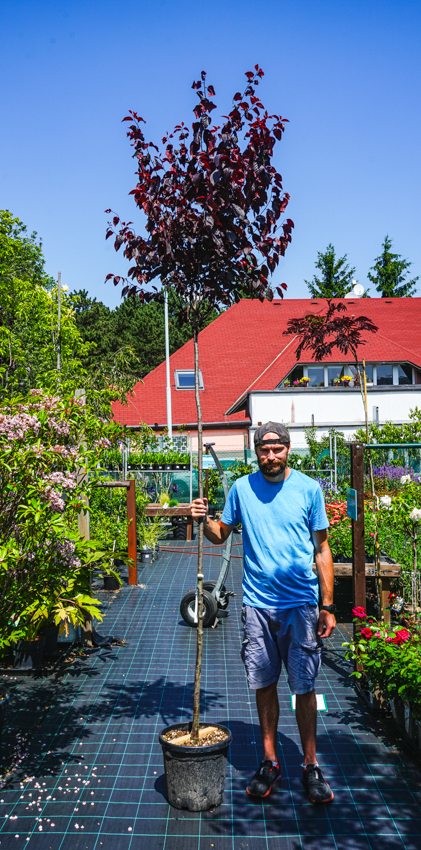
3 080 Kč

3 080 Kč
Goods are shipped all over Europe. For Russia and U.K. and for further details please read about SHIPPING OPTIONS HERE.
Are you interested in a serious discount for orders NOV-FEB? Check your options here.
THE PRICES INCLUDE VAT of 15%. For quick conversion you can use 1 CZK = approx. 0.04 EUR
- STANDARD QUALITY - Plants of this group are 1st class quality with number of branches and overall density adequate to their size and age, considering they were container grown.
- DE LUXE QUALITY - This label guarantees a luxurious quality of manually selected plants that, compared to their height and age, are exceptionally dense and beautiful.
- EXTRA - These plants are usually mature and bigger specimens with exceptional overall appearance.
- STANDARD (as described in the plant form) means a tree with a trunk of 190-210 cm and a crown at the top, unless specified differently. The commercial size for trees is their girth measured in the height of 1m from ground.
- HOBBY - These plants are of the same quality as our standard-quality plants but younger and therefore cheaper.
- SHRUB - a woody plant with branches growing bushy from the ground level.
- HALF-STANDARD or MINI-STANDARD - a small tree with shorter trunk, its size is usually specified.
- FEATHERED - These are trees with branches growing already from the base of the trunk and up along the stem.
- GRASSES and PERENNIALS - Sizes given usually read the diameter of the pot or the clump, as specified.

































.jpg)
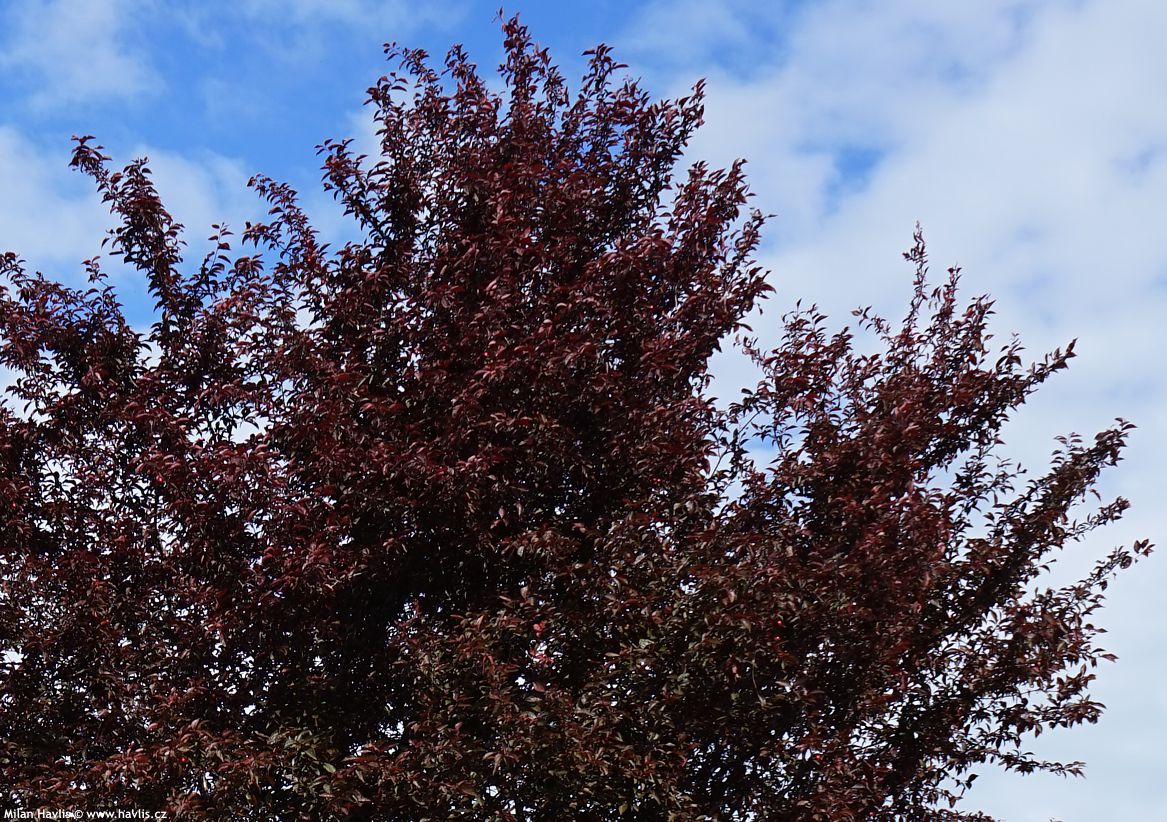
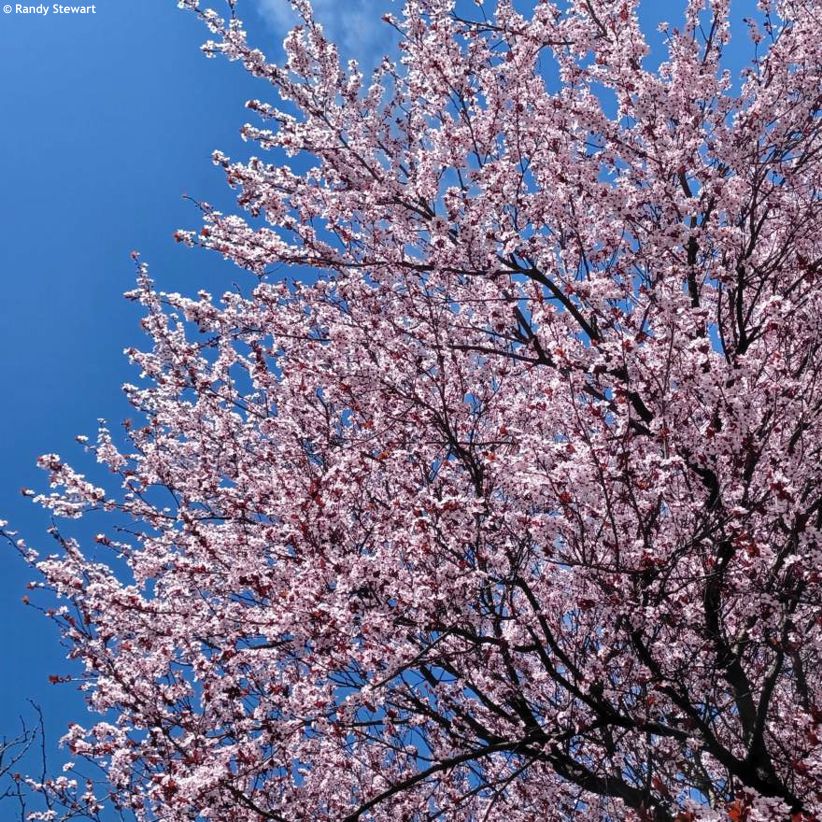
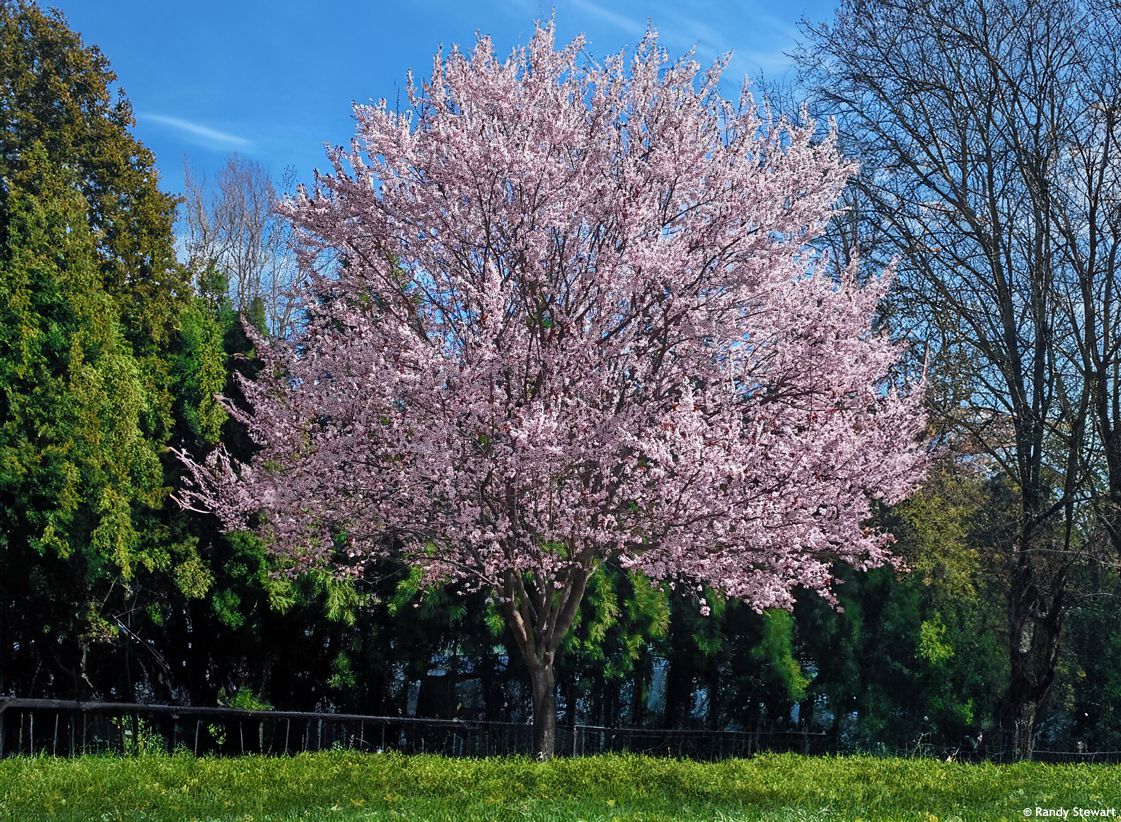
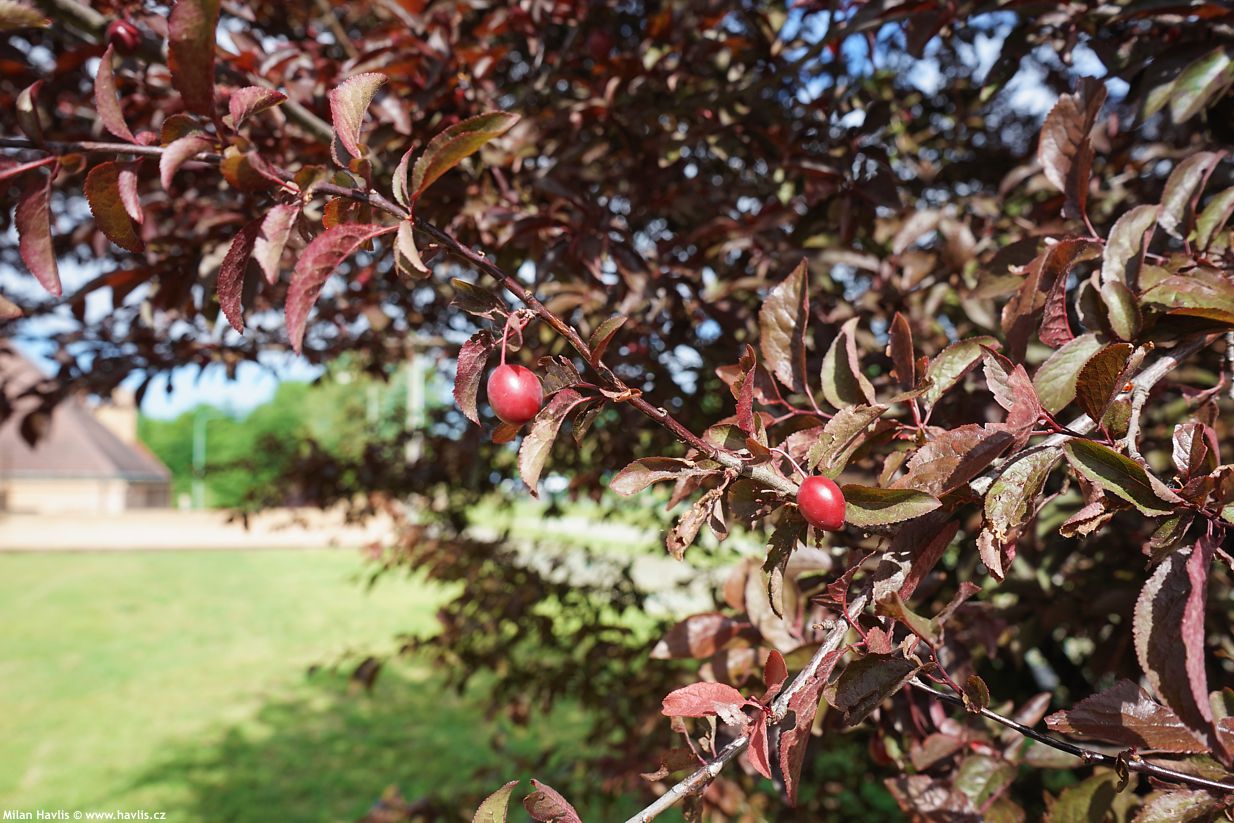
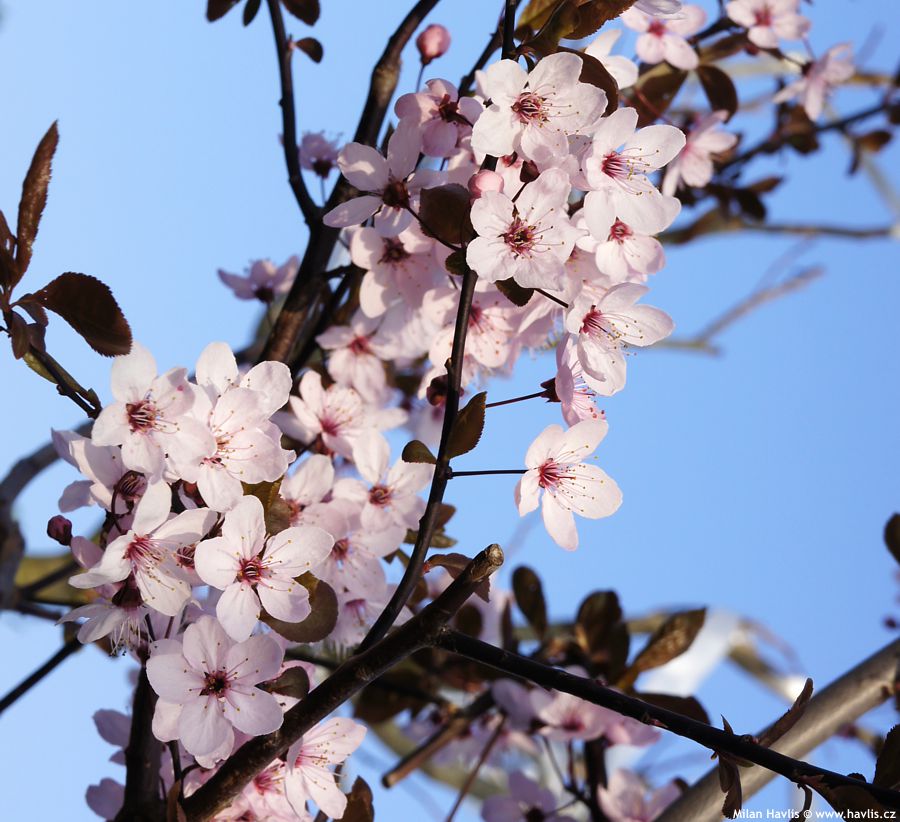
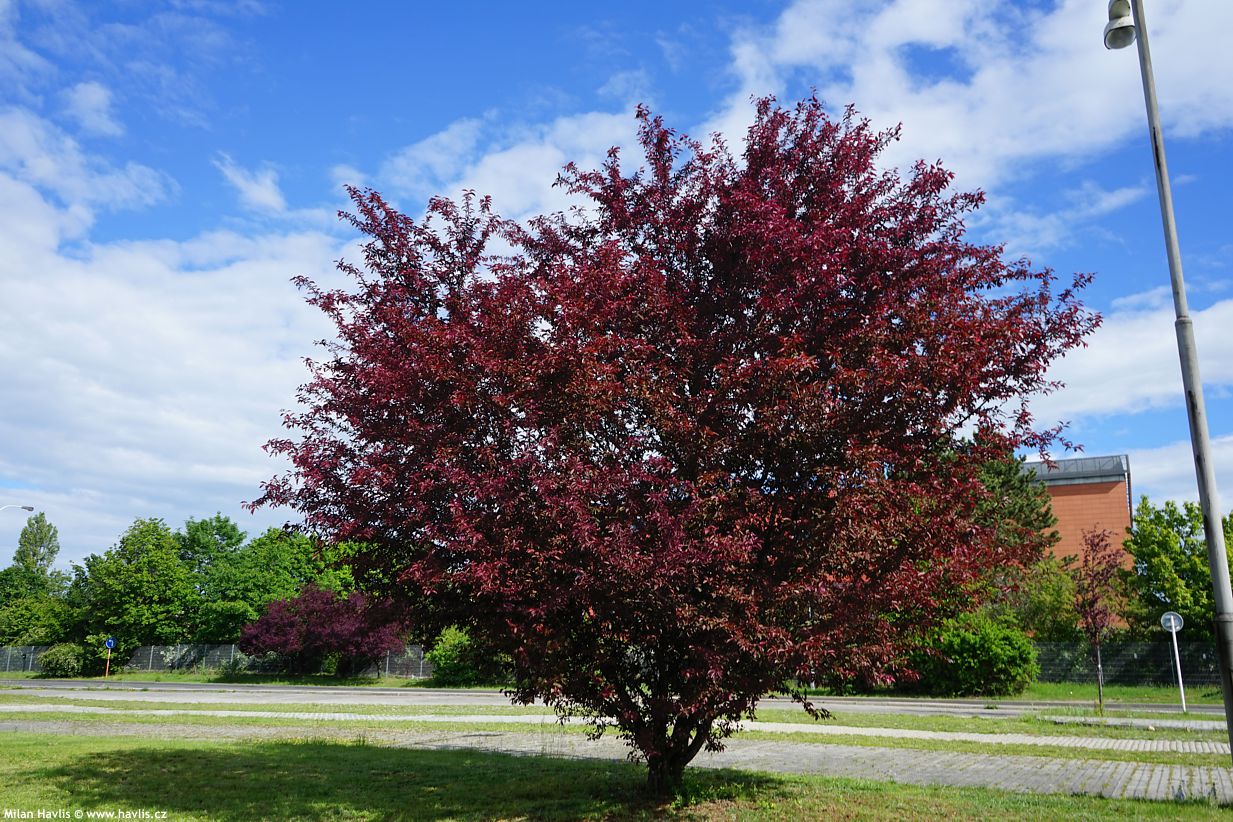
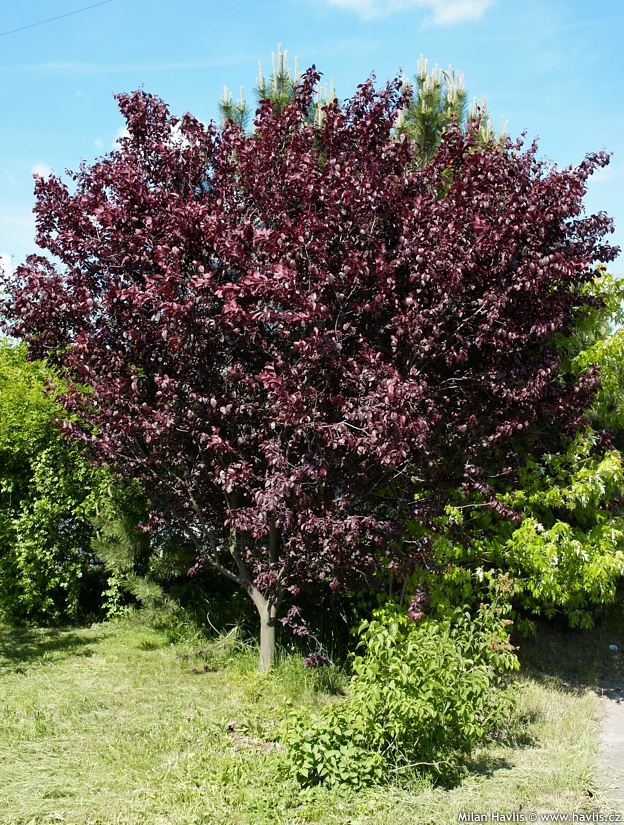
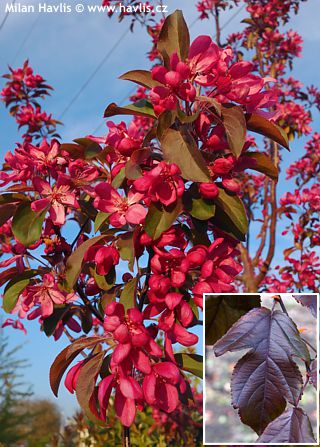
.jpg)
